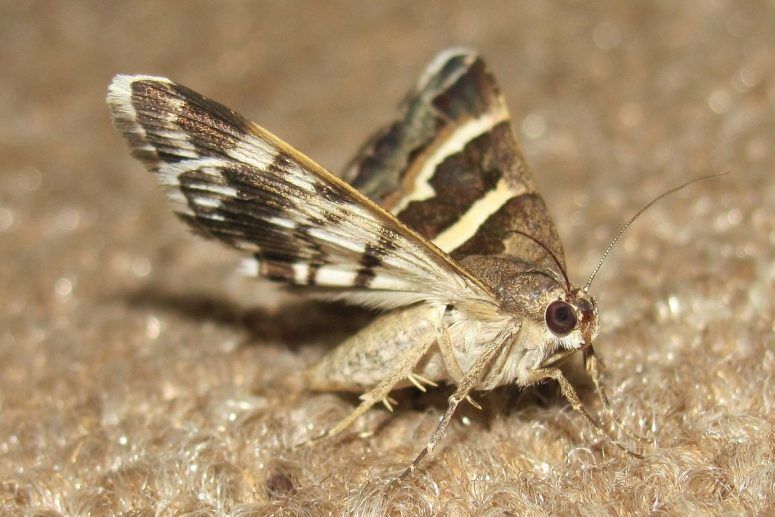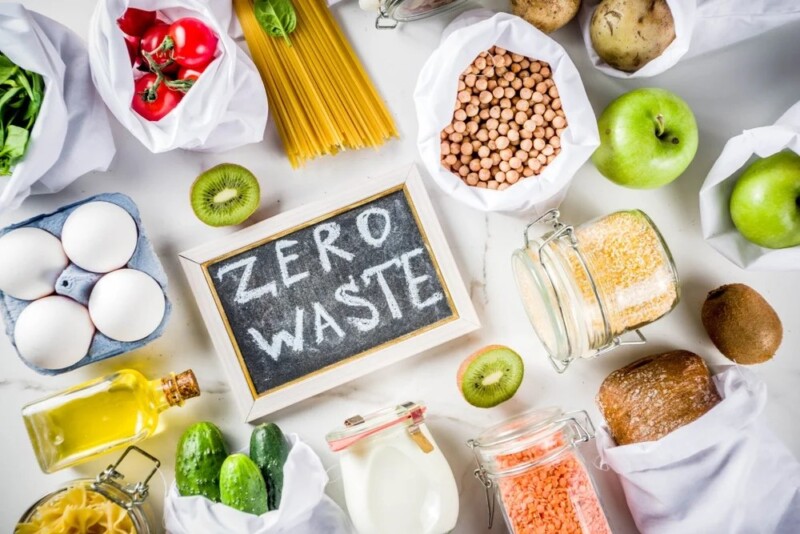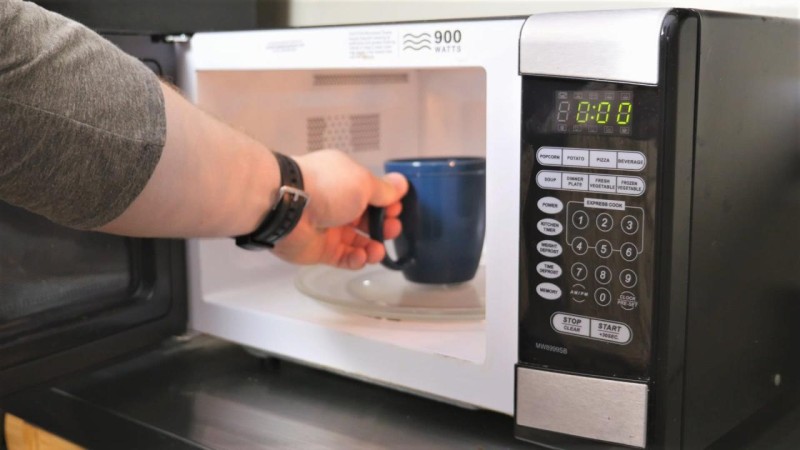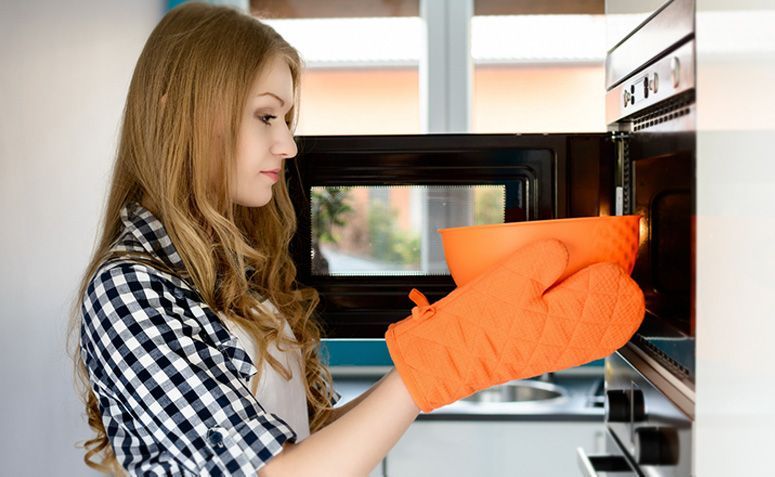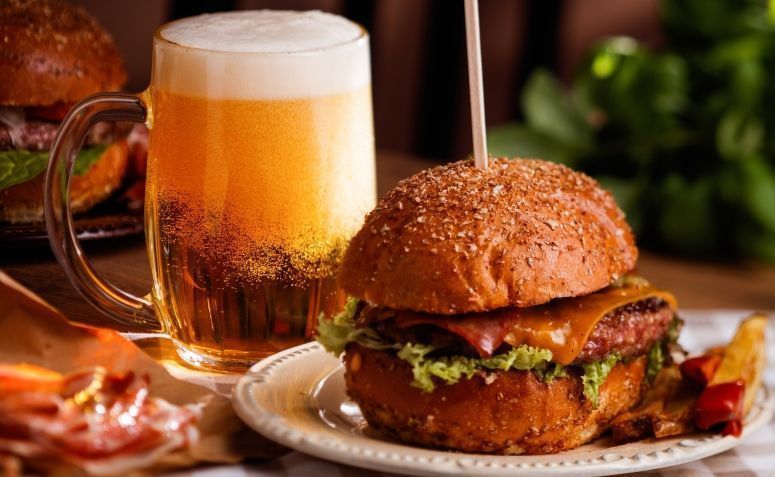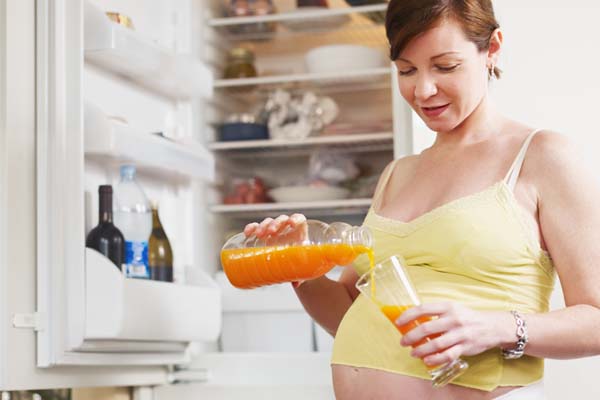Maybe you’ve never stopped to think about it, but even the most experienced people in the kitchen are not free from making certain mistakes when preparing their food, washing the dishes or organizing food in the fridge.
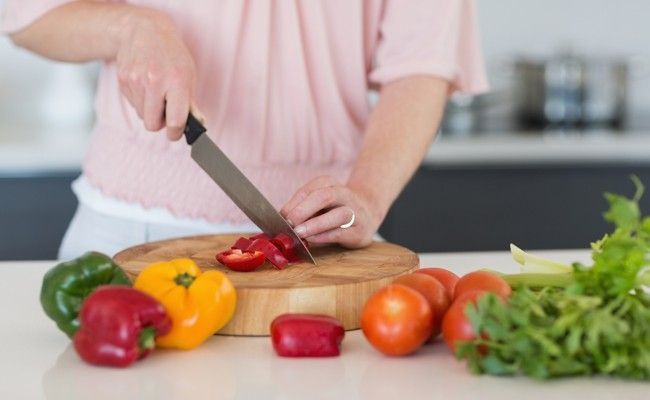
Not always a clean sink and food in the fridge are synonymous that everything being in order with the food that goes on the family table! This is because microorganisms – such as fungi and bacteria – are villains that hide in packaging and utensils and proliferate in food when they are handled, prepared, and stored incorrectly.
In short: such microorganisms pose a danger to human health, so care with food preparation/consumption and with the kitchen, in general, is essential!
With that in mind, below is a list of some dangerous mistakes you can be made when preparing your food (and taking care of the kitchen in general), as well as guidelines on how to avoid them. It’s worth paying attention to!
1. Do not wash the kitchen sponge
The kitchen sponge is in direct contact with the germs and bacteria contained in the sink. That’s why it’s essential that it be sanitized.
To do this, after using the sponge, remove any leftover food that has stuck. In addition to food, it is worth mentioning that bacteria love moisture, so you must twist the sponge so that most of the water is dispensed.
Another good alternative is to put the sponge for about 15 minutes in a mixture of 1 tablespoon (soup) of bleach in 1 liter of water.
Finally, it’s no use wanting to use the same sponge for a long time. In general, it is recommended to change it within one or a maximum of two weeks, depending on the frequency of use.
2. Leave a cloth to dry over the sink
Do you have a habit of wiping the sink with a cloth and then letting it dry on it for a long time?! This is yet another mistake that can have dangerous consequences in the kitchen, as bacteria love moisture.
The guideline is to wash the cloth right after use and let it dry away from the sink.
3. Have a trash can on top of the sink
This is a common habit in many homes, but it’s also a big mistake. That’s because garbage naturally attracts microorganisms (which, being in the sink, will more easily contaminate dishes and food).
The solution is to put the garbage on the floor and change the bag daily. To disinfect plastic bins, a good tip is to use bleach or lysoform. If the bin is made of iron, only bleach should be used.
4. Not washing hands before and during food preparation
This is a mistake that seems “simple”, however, it is very dangerous in the kitchen.
The right thing is to wash your hands whenever you are going to do something in the kitchen, such as, for example: taking some food from the fridge, when you are going to start preparing a dish, etc. And always be washing your hands again as you move another food and/or utensil during food preparation.
5. Use wooden boards and spoons
Wooden boards and spoons are not recommended as the material is porous and difficult to truly clean. Give preference to plastic boards and metal and plastic cutlery.
6. Use the same cutting board for meat and vegetables
This is a common and quite dangerous mistake that can promote cross-contamination. Therefore, use a specific board for preparing each type of food.
7. Do not wash the dish drainer
A lot of people end up forgetting to wash the dish drainer, but this is also a very important habit that will prevent dishes, glasses, etc. being contaminated.
8. Clean the floor with detergent and bleach together
Of course, the kitchen floor needs to be well sanitized. However, it is not recommended to use detergent and bleach together, as one solution cancels the effect of the other.
The ideal is to pass a cloth dampened with the solution with detergent and then cloth with the solution with bleach.
9. Leave the ready-to-eat food at room temperature
After preparing food, it is not recommended to leave it at room temperature, for example, on the stove or table. The ideal is always to keep food in refrigeration (refrigerator/freezer).
10. Drinking hot drinks in plastic pots
It is good to avoid drinking coffee, tea, or hot chocolate in plastic cups. That’s because the heat in plastic containers promotes the release of dioxins that are highly carcinogenic. A healthier alternative is to use glass or ceramic material for this.
11. Not organizing food in the fridge well
Care must be taken when placing certain foods in the refrigerator. Fruits and vegetables, for example, that do not need to be kept at a very low temperature should be kept at the bottom or in the drawer.
Water, mustard, and ketchup, for example, which are products that do not necessarily need to be kept refrigerated, can be placed on the refrigerator door.
12. Wash the eggs before putting them in the fridge
This is yet another dangerous mistake as eggs have a porous shell, and with washing, water can get into the egg along with dirt. The most recommended thing is to wash them only before breaking the shell.
13. Leaving eggs on the fridge door
Eggs shouldn’t stay on the fridge door yet, because they are highly perishable because they are proteins and can easily spoil with opening and closing the door (which is very common).
The ideal is to take the eggs out of the original packaging and place them in bowls or leave them in the proper place in the fridge.
14. Do not wash the leaves that were bought and put them straight in the fridge
Another common mistake is to buy leaves (like lettuce, arugula, etc.) and keep them in a plastic bag, putting them directly in the fridge (without washing them).
The ideal is to wash the leaves as soon as you arrive with them at home, removing the spoiled ones (which can spoil the others if they remain there), if that’s the case; and store them in a container with a lid – and then, yes, put it in the fridge.
15. Not washing soda and beer cans
A very common mistake is to buy cans of soda or beer and take them straight to the fridge, that is, without washing them first. The cans – which were in storage, supermarkets, etc. – are highly likely to have been contaminated by rats, and cockroaches and, therefore, should be washed as soon as possible.
16. Freeze the meat that has been thawed
The most recommended thing is to always freeze the meat in small portions – that is, ideal to consume in a single meal.
17. Wash the red meat
Another very common mistake is washing red meat – which, in addition to making it look whitish, takes part of its nutrients.
The ideal is to defrost it and from there use it straight for the preparation of the dish.
18. Remove all the meat at once from the fridge at the time of the barbecue
At the time of the barbecue, some people usually take all the meat – already defrosted and seasoned – from the fridge and leave it next to the barbecue so that it is done when possible. However, this type of attitude can cause food contamination to increase greatly.
The ideal is to gradually remove the meats from the fridge, season the chosen cuts and place them directly on the grill.
What about you, do you make or have you made any of these mistakes? Always pay attention to avoid them, ensuring more cleanliness for your kitchen and, above all, health for you and your whole family!
The information contained on this page is for informational purposes only. They do not replace the advice and follow-up of doctors, nutritionists, psychologists, physical education professionals, and other specialists.
